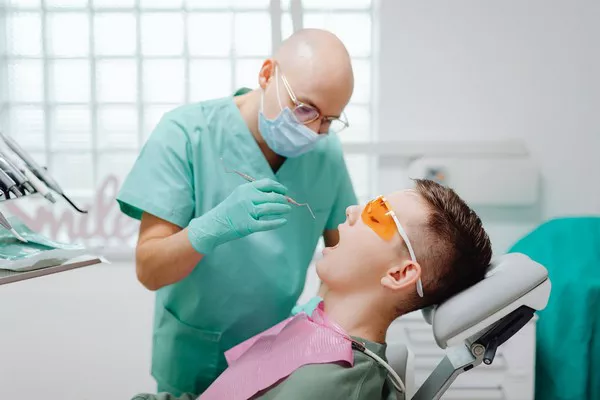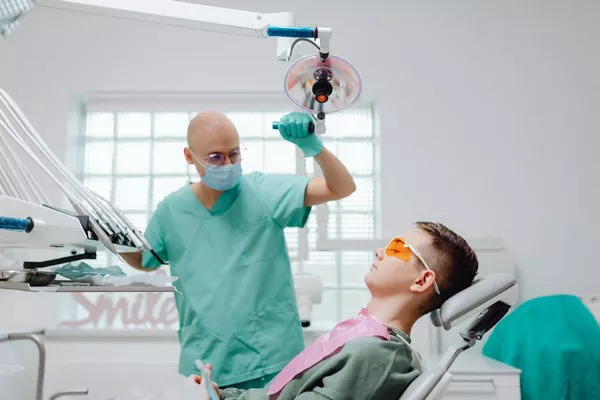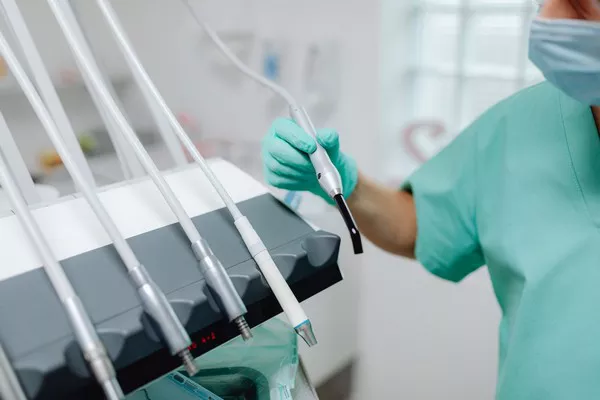A bright, white smile is often associated with good oral health and aesthetics. However, many individuals find themselves grappling with the issue of yellow teeth. Teeth can become discolored due to various factors, including aging, dietary habits, tobacco use, poor oral hygiene, and certain medications. The good news is that in most cases, yellow teeth can be effectively treated and their natural whiteness restored. This article explores the causes of tooth discoloration, popular whitening methods, professional interventions, preventive measures, and factors to consider for successful teeth whitening.
Understanding Tooth Discoloration:
Tooth color is determined by both intrinsic and extrinsic factors. Intrinsic factors refer to changes within the tooth structure, while extrinsic factors involve surface staining. Understanding the underlying cause of yellow teeth is crucial for determining the appropriate treatment approach.
Extrinsic Stains:
Extrinsic stains are typically caused by substances that come into contact with the teeth. Common culprits include coffee, tea, red wine, tobacco, and certain foods. These stains reside on the tooth enamel and can often be effectively removed or improved through teeth whitening procedures or lifestyle modifications.
Intrinsic Stains:
Intrinsic stains occur when the inner structure of the tooth, known as dentin, becomes discolored or darkened. This can happen due to factors such as genetics, excessive fluoride exposure during tooth development, certain medications (e.g., tetracycline antibiotics), or trauma to the tooth. Intrinsic stains are generally more challenging to treat and may require additional dental interventions to achieve desired results.
Popular Teeth Whitening Methods:
Numerous teeth whitening products and techniques are available to address yellowing teeth. It’s important to note that the effectiveness of these methods can vary depending on the type and severity of tooth discoloration.
Over-the-Counter Whitening Products:
a. Whitening Toothpaste: Whitening toothpaste contains mild abrasives and chemical agents that help remove surface stains. While they may provide some improvement in tooth color, their effects are primarily limited to preventing new stains from forming.
b. Whitening Strips: These thin, flexible strips coated with a peroxide-based gel are applied directly to the teeth for a specified duration daily over several weeks. While whitening strips can lighten teeth by several shades, they may not reach all areas uniformly, leading to inconsistent results.
Dentist-Supervised Whitening Treatments:
a. In-Office Whitening: This professional treatment involves the application of a highly concentrated peroxide gel to the teeth, which is activated by a specialized light or laser. In-office whitening offers significant and immediate results. The procedure is conducted under the supervision of a dentist, ensuring safety and efficacy.
b. Take-Home Whitening Kits: Dentists may provide custom-fitted trays along with a lower concentration peroxide gel for at-home use. These kits allow individuals to whiten their teeth gradually over a period of a few weeks while under the guidance of their dentist.
Professional Interventions for Stubborn Stains:
For individuals with stubborn or severe tooth discoloration, professional dental interventions may be necessary to achieve desired results. These options include:
Dental Veneers: Veneers are thin, custom-made shells placed over the front surface of teeth to improve their appearance. They can effectively cover intrinsic stains and other imperfections, providing a durable and long-lasting solution.
Dental Bonding: Bonding involves applying a tooth-colored resin material to the tooth surface and shaping it to match the natural tooth contours. It is an effective cosmetic treatment for minor discoloration and can be completed in a single dental visit.
Crowns: Dental crowns, also known as caps, are custom-made restorations that cover the entire tooth. They are typically used when intrinsic stains are severe and other treatments are not sufficient.
Preventive Measures for Maintaining Whitened Teeth:
To maintain a bright smile after teeth whitening, it is essential to adopt preventive measures and lifestyle changes:
Good Oral Hygiene: Brushing your teeth at least twice a day with a fluoride toothpaste and flossing daily helps remove surface stains and prevent new discoloration.
Moderate Consumption of Stain-Causing Substances: Limiting the intake of coffee, tea, red wine, and tobacco can significantly reduce the chances of tooth discoloration.
Regular Dental Check-ups: Scheduling regular dental cleanings and check-ups allows dental professionals to monitor oral health, identify any potential issues, and provide guidance on maintaining white teeth.
Avoid Excessive Fluoride: While fluoride is beneficial for dental health, excessive exposure during tooth development can cause enamel discoloration. Using fluoridated water and age-appropriate fluoride toothpaste in appropriate amounts is recommended.
Conclusion:
Yellow teeth can often be effectively treated and restored to a whiter shade. The success of teeth whitening depends on factors such as the cause and severity of tooth discoloration, as well as the chosen whitening method. Extrinsic stains caused by surface discoloration can usually be improved through professional teeth whitening procedures or over-the-counter whitening products. Intrinsic stains, which occur within the tooth structure, may require more advanced dental interventions such as veneers or crowns for optimal results. Maintaining good oral hygiene practices, regular dental check-ups, and limiting the consumption of stain-causing substances are essential for preventing future tooth discoloration and maintaining a bright, white smile. Consulting with a dental professional is crucial to determine the most appropriate treatment options based on individual needs and circumstances.
Related Topics:



























